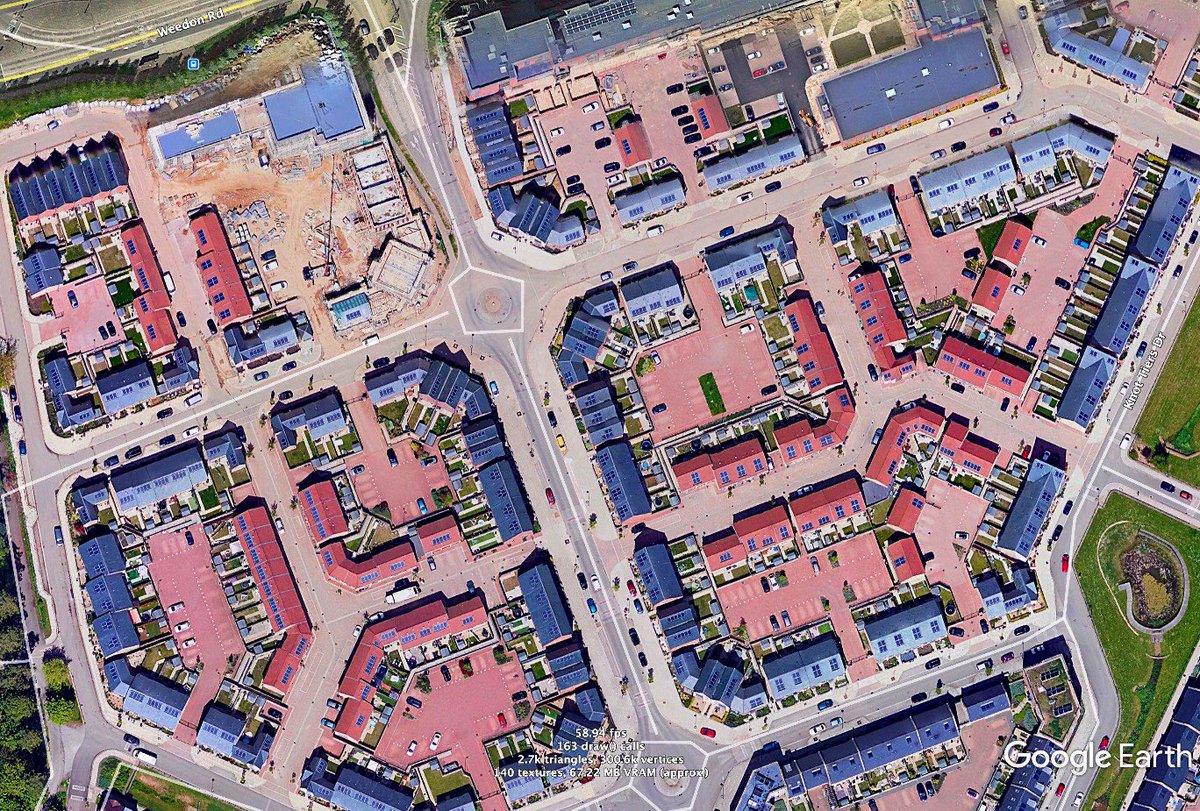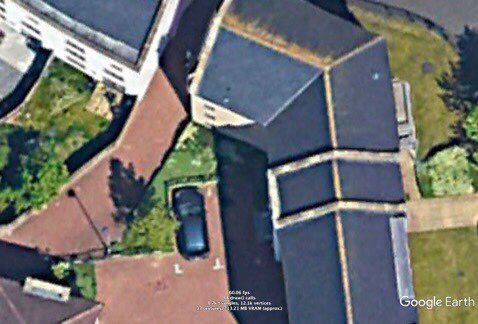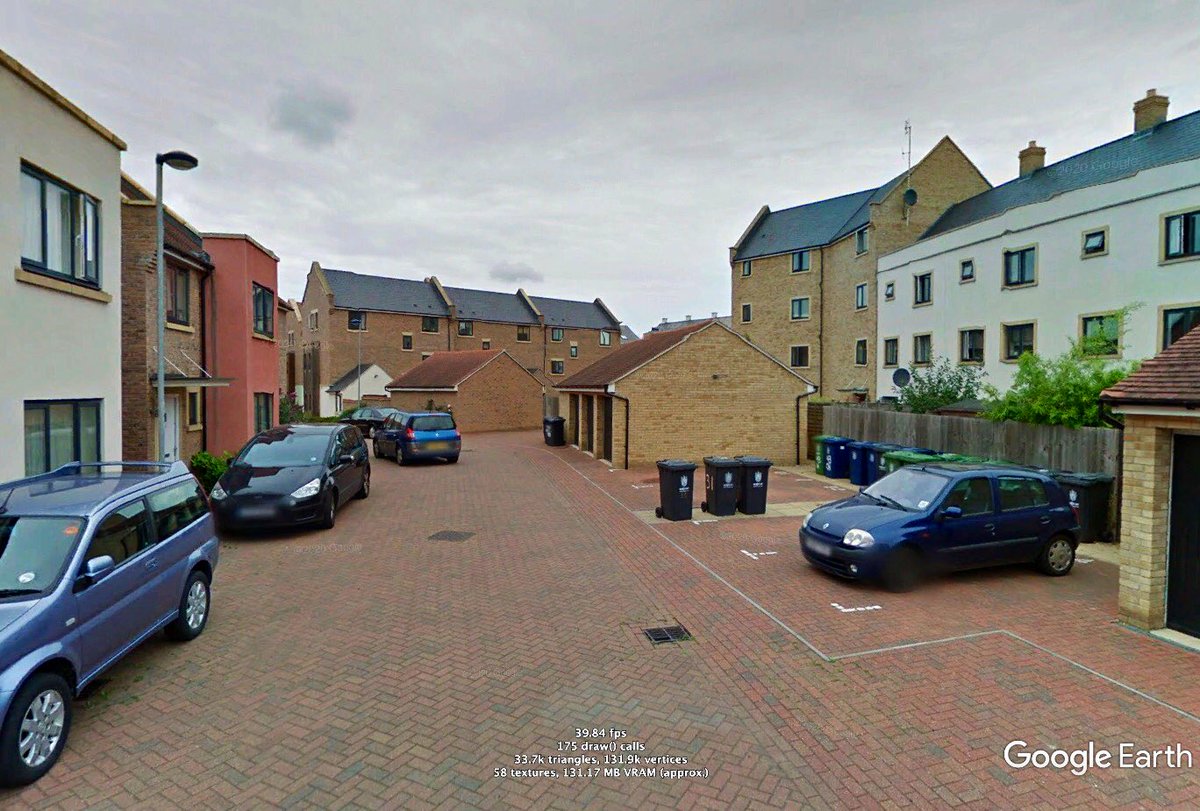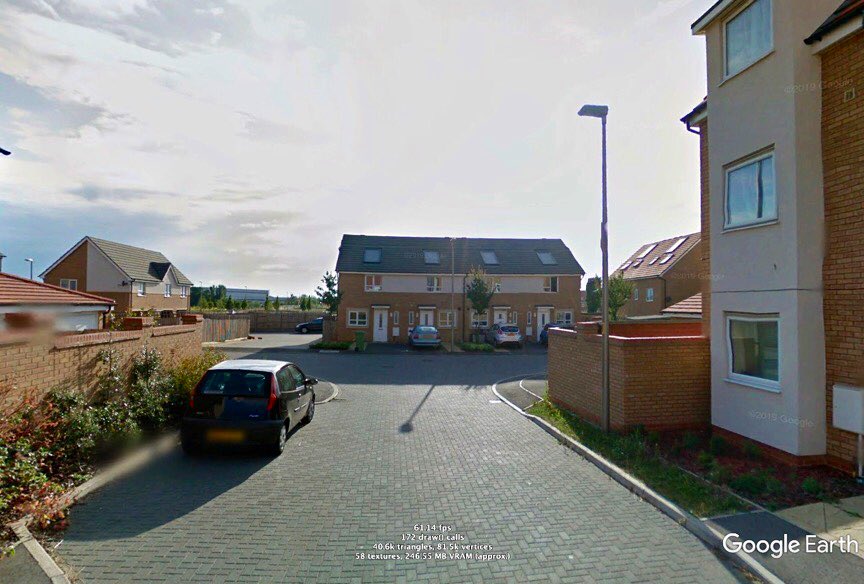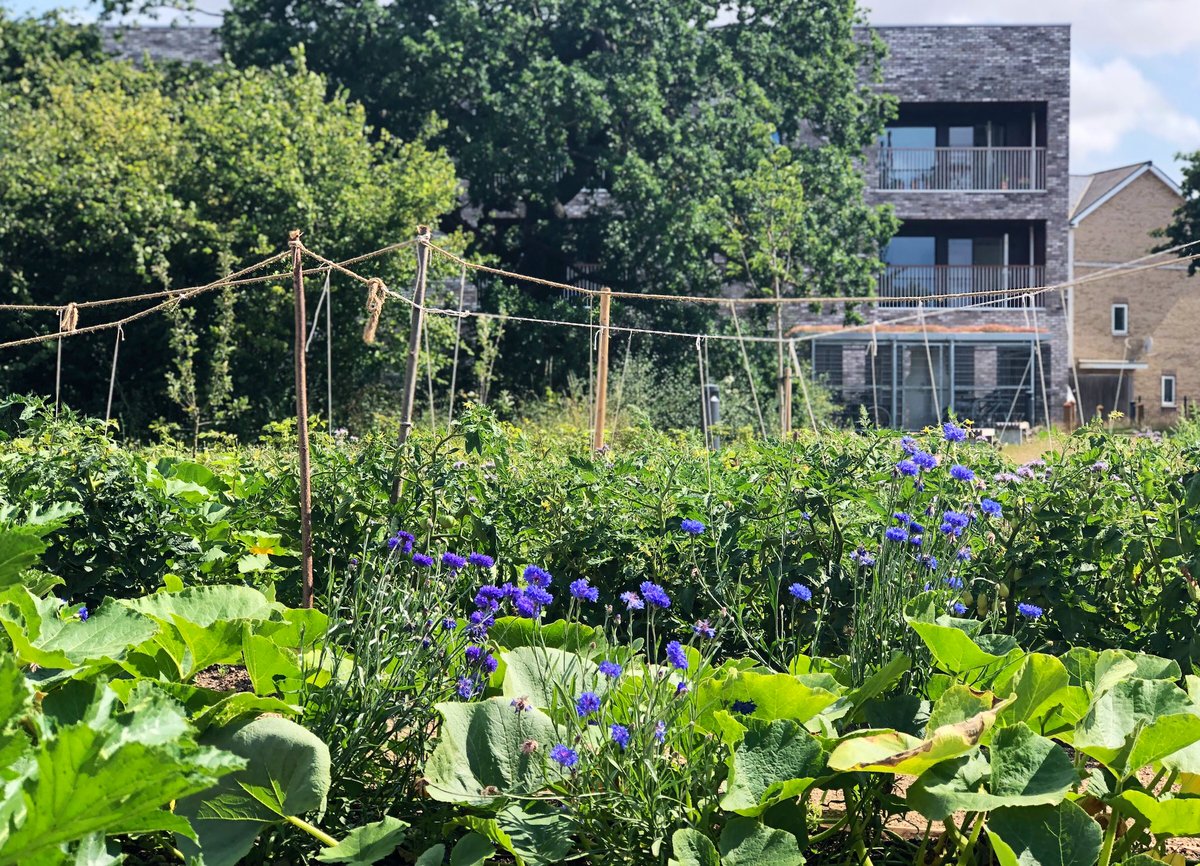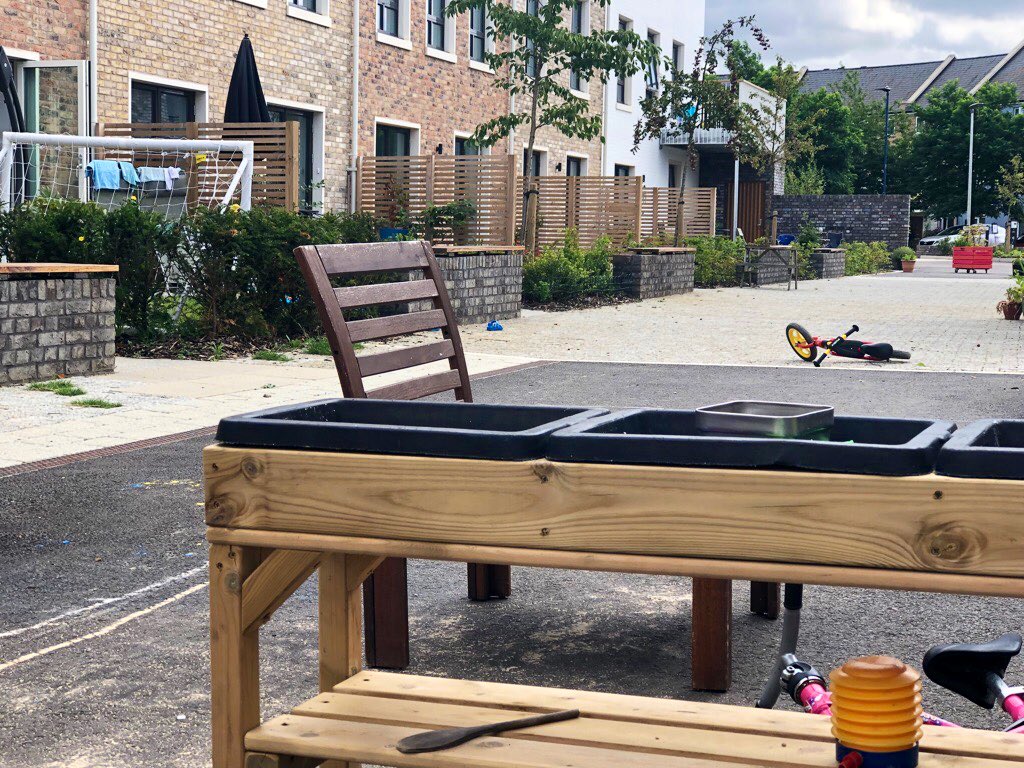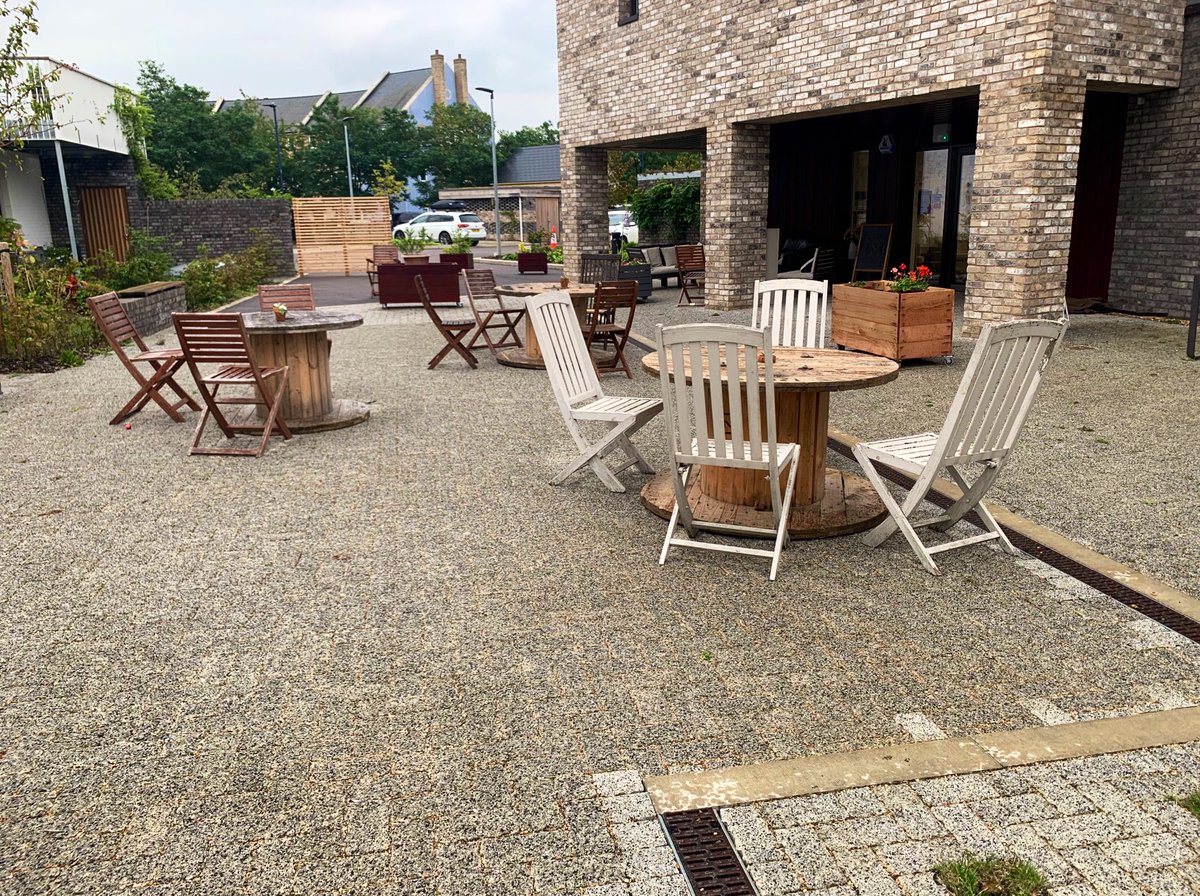One thing that stands out when you look at most new housing development from above is the crazy amount of land given over to car access and storage.
Take these examples: in Milton Keynes, Cambridge, Northampton and Newcastle. (1/x)
Take these examples: in Milton Keynes, Cambridge, Northampton and Newcastle. (1/x)
Zooming in doesn’t make them any prettier.. does anyone really believe these bits of planting are going to soften this environment? (2/x)
And there’s little surprise in the experience this approach offers at ground level - not much for people and even less for nature. (4/x)
Underpinning all of these will be some combination of:
-High local parking requirements
-Lack of public investment in alternative modes
-Agents’ advising customers need parking on the doorstep
-A housebuilder view that because people buy this stuff, ‘it is what people want’ (5/x)
-High local parking requirements
-Lack of public investment in alternative modes
-Agents’ advising customers need parking on the doorstep
-A housebuilder view that because people buy this stuff, ‘it is what people want’ (5/x)
Marmalade Lane - developer by @WeTweetTOWN in a similar, edge-of-settlement context – took a different approach in some key regards:
-Low parking ratio (c.1.25 spaces per dwelling)
-Parking concentrated into a single location
-Parking spaces shared and actively managed (6/x)
-Low parking ratio (c.1.25 spaces per dwelling)
-Parking concentrated into a single location
-Parking spaces shared and actively managed (6/x)
This means a lot less land area is dedicated to cars. The photo below shows the land area given over car access and storage, for Marmalade Lane (right), and the adjacent development parcel (left). (7/x)
Here’s the comparison in numbers.
The typical approach gives 38% of land to cars - more than the space given to houses. At Marmalade Lane it’s only 12%.
Where the usual approach gives 33% of land to gardens and shared spaces, the Marmalade Lane approach offers 62%.
(8/x)
The typical approach gives 38% of land to cars - more than the space given to houses. At Marmalade Lane it’s only 12%.
Where the usual approach gives 33% of land to gardens and shared spaces, the Marmalade Lane approach offers 62%.
(8/x)
This means that, at Marmalade Lane, the space that would usually be given to cars can be used for lots of other things.. food-growing, chicken-keeping, trees and wildflower meadows, children’s play, and community gatherings. (9/x)
There’s a commercial angle to this too: in a world where the value of land can top £3 million per acre, it’s insane to invest a third of that value in car storage.. imagine a similar investment in public transport, cycle paths, nature conservation or affordable housing. (10/x)
A study by @JLLNickWhitten of @JLL estimated the value of land used for car parking in London alone to total £172 billion.. think of this value at national level (11/x)
We need to start thinking about car parking not as a necessary cost of business, or a cheap and easy fix, but as a real and deliberate investment decision.. one that should be measured and compared properly with the alternatives. (12/12)

 Read on Twitter
Read on Twitter

